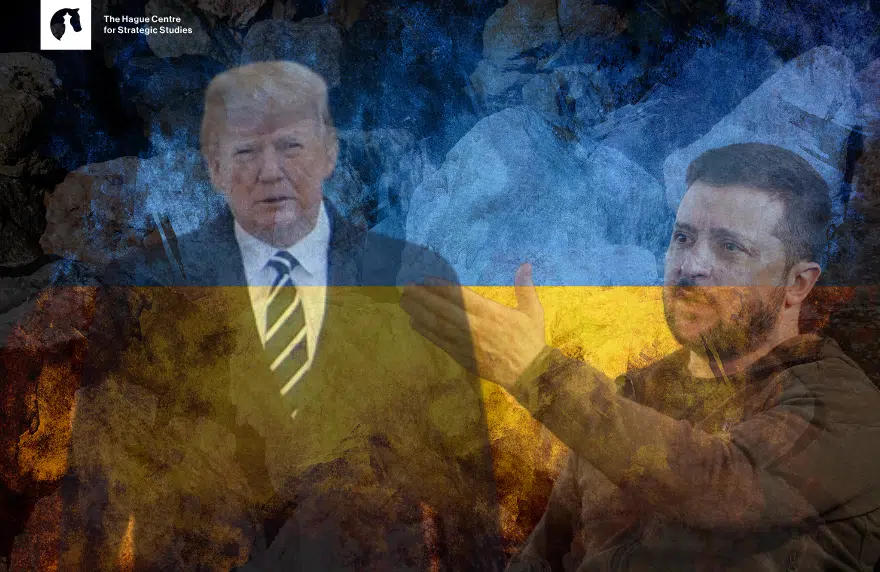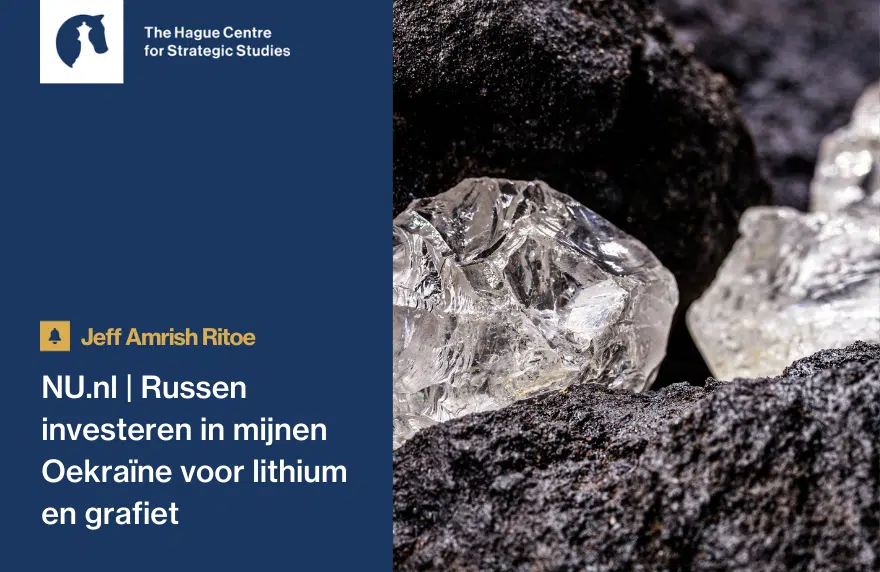The Ukraine rare earth saga is a reminder of the complexities and dangers of intertwining geopolitical interests with natural resources. Despite Trump’s insistence on the existence of vast quantities of rare earths, experts such as Jeff Amrish Ritoe, strategic advisor on energy and raw materials at the Hague Centre for Strategic Studies (HCSS), make clear that Ukraine, while possessing critical raw materials such as titanium, manganese, graphite and lithium, is not a significant producer of rare earths.
“The EU identifies 51 key raw materials, of which seventeen belong to the rare earth group. But it is important not to mix terms and say that Ukraine has a large amount of rare earths. What it has is the potential to produce a considerable amount of certain raw materials, such as titanium, manganese, graphite or lithium ,” Ritoe explains to El Confidencial.
That is, all rare earths are critical raw materials, but not all critical raw materials are rare earths. A key distinction that either no one has bothered to clarify for Trump, or the president has deliberately chosen to ignore, perhaps because he finds the term “rare earths” more catchy.
The problem, of course, is that the source of wealth Trump craves doesn’t exist . Because, as Ritoe warns, the difference between identifying minerals in the ground and extracting them profitably is huge. “What’s on the maps doesn’t always translate into production. Before you talk about commercial extraction, you have to go through long and expensive exploration processes, and Ukraine is simply not at that stage yet for its critical raw materials ,” says the expert, who points out that the country doesn’t even have the appropriate mining and tax codes to encourage private investment and improve public-private partnerships to develop assets in Ukraine.
In other words, for a resource to go from being a simple geological find to becoming an exploitable reserve, a process is necessary that can take years or even decades . “From exploration to production it can easily take 15 years and requires a lot of money,” adds the expert.
Added to this is a crucial detail: Ukrainian geology is based on data from the Soviet era, which means that many of the figures on its mineral wealth require re-evaluation with modern technologies. Without considerable investment in prospecting and development, any estimate of the profitability of these resources is at best speculative. And at worst, pure fantasy.
The spark that ignited the saga dates back to September 2024, when Volodymyr Zelensky met with Donald Trump at Trump Tower in New York. According to The New York Times, the meeting was part of a negotiating effort by Kiev to adapt to the tycoon’s transactional approach, leaving behind the moral appeals with which it had won the support of the Biden Administration. Ukraine knew that if the then Republican candidate managed to return to the White House, American aid risked fading away, so it had to offer him other incentives to convince him to maintain military support.
In this pitch, of course, there was a considerable dose of exaggeration. “If you’re trying to convince someone like Trump, you’re going to use all the makeup you can to make your proposal look as attractive as possible,” Ritoe adds.







